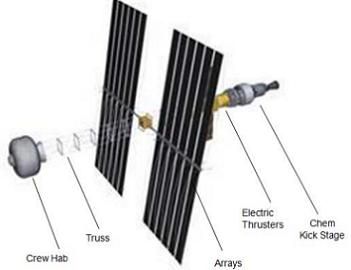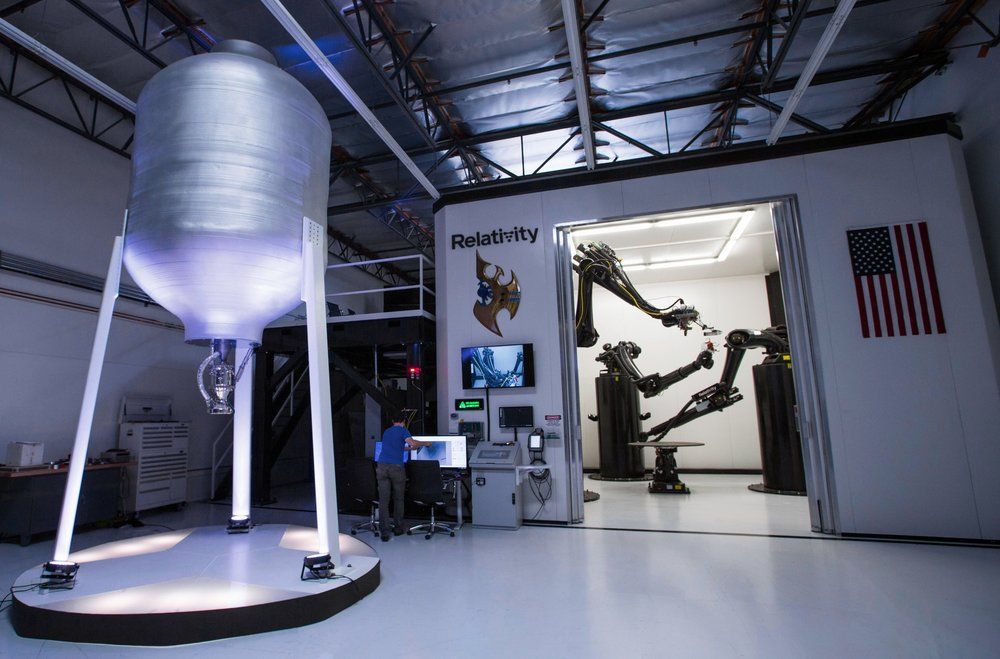Oct 31, 2017
Boeing outlines technology for crewed Mars missions
Posted by Klaus Baldauf in categories: habitats, solar power, space travel
With a focus on building the archetypal missions for NASA’s new Space Launch System rocket, the U.S.-based Boeing Corporation has outlined their view of what technologies can be used to accomplish humankind’s goal of visiting crews to the Martian system – missions Boeing believes are possible through the combination of the SLS rocket’s lift capability, the bourgeoning Solar Electric Propulsion technology field, and Bigelow’s soon-to-be-tested inflatable habitat modules.
From the Earth-Moon system to Mars:
Continuing from their initial presentation on potential SLS rocket uses beyond the opening two circumlunar missions, the Boeing Corporation has presented their idea of how to execute a phased approach to deep space exploration – with an eye for the eventual goal of landing human beings on the surface of Mars.
Continue reading “Boeing outlines technology for crewed Mars missions” »


















